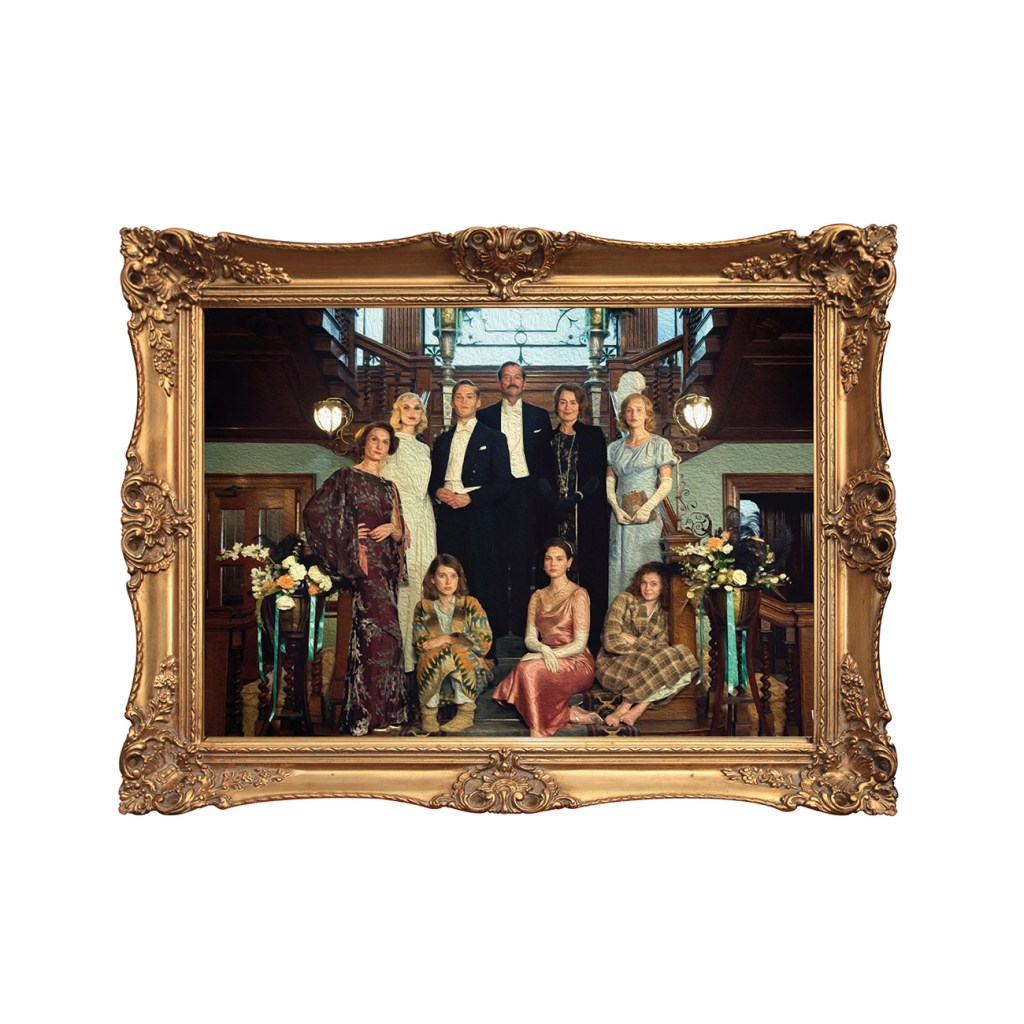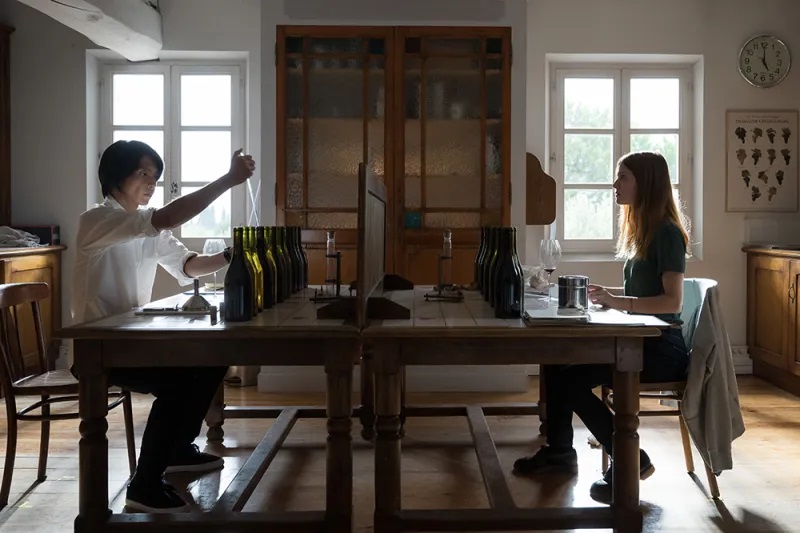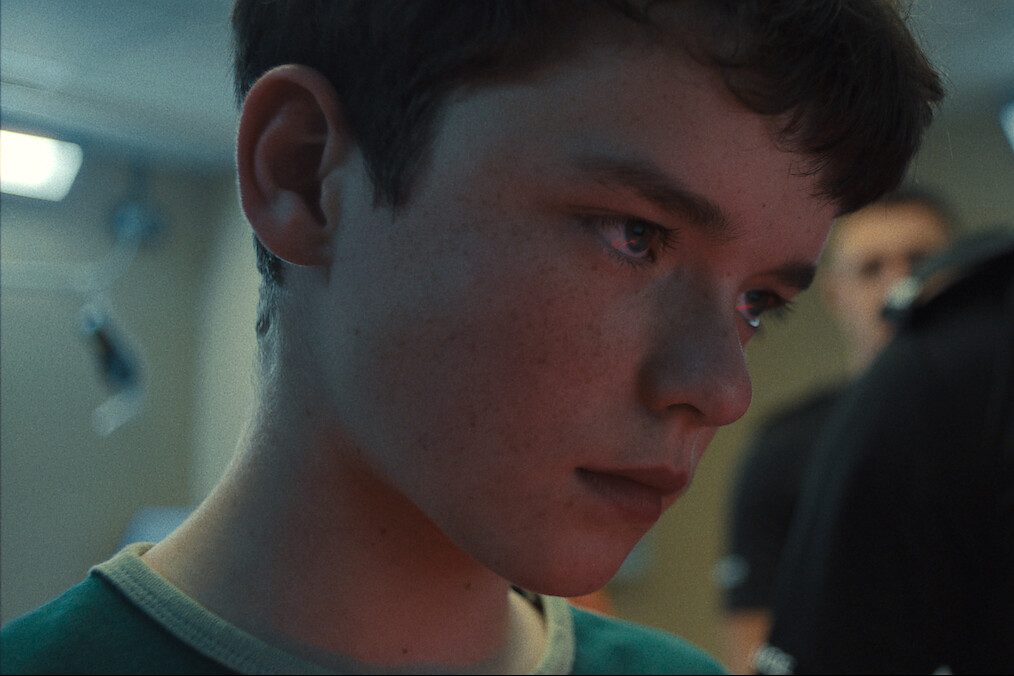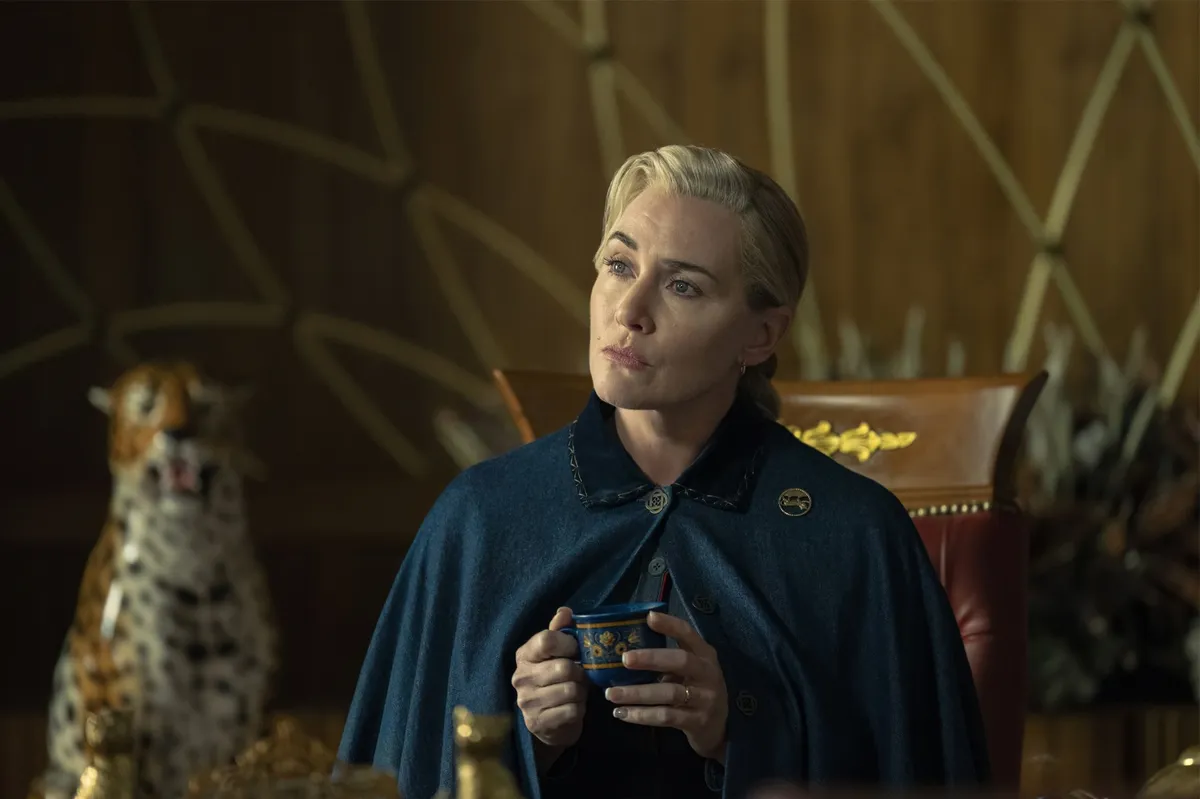We remain fascinated, even obsessed, by the Mitfords. Collectively, their existence is the stuff of legend: the affairs, the imprisonment, the polarized politics, the wit, the beauty, and the brutality, all in one glamorous package. In uncertain times, the sisters offer a flush of eccentric characters: Nancy the Novelist, Pamela the horsewoman, Diana the Fascist, Unity the Hitler-lover, Jessica the Communist and Debo the Duchess.
This year, the family will be immortalized on television, in a new six-part drama, Outrageous, which examines how the six daughters of Lord and Lady Redesdale, two generally unremarkable members of the British aristocracy, spawned seven children (including one boy, Tom, who went on to die in World War Two), five of whom went on to be famous for wildly different reasons. (Pamela bred chickens.) As Lady Redesdale — “Muv” to her brood — once said in tones of resignation, “Whenever I see the words ‘Peer’s Daughter’ in a headline, I know it’s going to be something about one of you children.”
The eventual opposing directions of their lives and passions might point to a polarized world, but their childhood was one of confinement together, of nicknames (till the end of her life, Nancy would write to “9, Duchess of Devonshire,” her youngest sister’s supposed mental age) and, despite the odds, continued closeness through adulthood.
From the 1920s, when Nancy and Diana were the brightest young things of their era, their interpersonal dramas dominated the headlines and gossip columns alike. Uneducated country girls who had spent their youth licking the pews in church and administering “palsy practice” to their father, they took on society with gusto, each sister emerging from her chrysalis in turn, only to become an object of fascination. Lord Redesdale, who only ever read one book in his life, Jack London’s White Fang, once harrumphed: “I am normal, my wife is normal, but my daughters are each more foolish than the other.” But without family wealth to draw on, they had to make their way in the world — a pursuit some of the sisters proved more adept at than others.
Born over a sixteen-year period between 1904 and 1920, they defied not only their family’s expectations, but society’s too. The only one to embrace a traditionally aristocratic lifestyle was the last-born Deborah, the least acerbic of the bunch, who became Duchess of Devonshire, chatelaine of Chatsworth, years after she married Lord Andrew Cavendish in a bomb-damaged Priory Church of St. Bartholomew the Great in Smithfield in 1941. Even the largely passed-over second-born Pamela was unsuccessfully proposed to — twice — by future Poet Laureate John Betjeman.
Diana, the celebrated beauty, married the charming but effete brewing family heir Bryan Guinness, later divorcing him for the charismatic Oswald Mosley, leader of the British Union of Fascists. They married in 1936 in the sitting room of Joseph Goebbels, with Hitler in attendance as guest of honor. Diana spent the war with her husband interned in Holloway Prison, the pair suspected but never tried for handing information to the Nazis. She died in 2003 at the age of ninety-three, and never abandoned her beliefs.
It was Nancy who had informed on her Nazi-sympathizing sister, telling MI5 that “She is a ruthless and shrewd egotist, a devoted fascist and admirer of Hitler and sincerely desires the downfall of England and democracy in general.” The novelist had briefly sympathized with fascism but later reviled it, splendidly turning down an invitation to celebrate Joachim von Ribbentrop’s 1936 appointment to the German Embassy in London in Yiddish.
But if Nancy’s politics led her to inform on her sister, they did not swing as far to the left as those of Jessica, who balanced the seesaw by marrying her distant cousin, the anti-fascist socialist Esmond Romilly, becoming a communist and eloping to Spain. (Even before this Jessica had once had her pocket money docked for calling her father “a feudal remnant.”) The two later settled in America where, after Romilly’s death in the war, she married a civil rights lawyer, exposed the iniquities in the funeral system through her book The American Way of Death, and worked as an investigative journalist. For this betrayal, she was cut out of her father’s will.
However, the most troubling among this sorority of “terrific haters,” was the Redesdales’ fifth child, Unity, who had been conceived — presciently — in the Canadian town of Swastika, a harbinger of a lifetime’s pursuit of taking Mitfordian passions to extremes. While Jessica carved hammers and sickles into the glass windows of the family home, Unity’s rejoinder was to carve swastikas and to declare, to anyone who would listen, how much she hated the Jews. Described by the British Secret Services as “more Nazi than the Nazis,” Hitler lauded her as “a perfect specimen of Aryan womanhood.” If their appreciation was mutual, it is likely that the adoration was all Unity’s. Even when young, she had dreamt of meeting him and, as Jessica wrote in Hons and Rebels, “Seldom have childhood predictions materialized with greater accuracy.”
Earlier this year, the Daily Mail uncovered Unity’s hitherto unknown diaries that run from 1935 to 1939, a time when she spent more time with Hitler than any other British person. The shocking nature of their contents is undiminished by time, and her groupie-like infatuation is writ large, alongside her antisemitic rants. February 9, 1935, for example, marked the moment she first spoke to her hero; she described it as “the most wonderful day of my life.” Over its 450 pages, the diary details their 139 separate meetings, the apartment he “found” for her (the family of Jews to whom it belonged had “gone abroad”), visits to Dachau, the way he kissed her hand, and the many presents he gave her. (The rumor that she carried his baby and gave it up for adoption might be fanciful, but it persists.) Notoriously, at the outbreak of war, a grief-stricken Unity shot herself in the head on a bench in Munich’s English Garden. With the bullet lodged in her brain, hers was a slow death. Cared for by “Muv” for nine years, she died of meningitis at the age of thirty-three in Oban, Scotland, in 1948.
All the while, there was Nancy, observing from the sidelines, distilling her experiences into glittering jokes for her friends’ — and our — delectation. In person, the legendary teases could be fond or they could be cruel. Once she took delight in telling her youngest sisters that the middle parts of their names were “nit, sick and bore”; on another occasion, she described to Deborah how everyone had cried when she was born.
Her book The Pursuit of Love, which celebrates its eightieth birthday this year, remains the definitive fictionalized chronicle of her family. “The charm of your writing… depends on your refusal to recognize a distinction between girlish chatter and literary language,” wrote Evelyn Waugh, Nancy Mitford’s long-time correspondent. He had entered the world of the Radletts and been seduced. An intimate of both Nancy and her younger sister Diana, the lightly fictionalized account of their family life would have felt so familiar to Waugh — who suggested the title — that, one imagines, Linda’s titular pursuit seemed impossible to distinguish from her creator’s.
All of Mitford life is there: the sprawling quantity of sisters, the passions undimmed by education, the bloodthirsty child-hunts, the uncontrollable boredom, the reflexive snobbery, the gossip exchanged in laundry closets and the wild vitality. All of it is enclosed within the walls of an unlovely but rambling Gloucestershire house based on the Mitfords’Asthall Manor, through which Uncle Matthew’s (a thinly veiled Lord Redesdale) bellowed volleys of “hog” and “sewer” would ring as standard. And, later on, there were, of course, les gens du monde.
The sparkling girlish chatter of Nancy’s narrative is underpinned by the evocation of bright young things coming of age against the backdrop of brutality, at home and afield. Not for nothing does The Pursuit of Love open with the image of Uncle Matthew’s entrenching tool, a gruesome, hair- and blood-encrusted wall-mounted instrument with which, family legend goes, he whacked eight Germans to death.
It is impossible to be bored by Nancy’s remarkable book, which is just as well; we are told in The Pursuit of Love that the Radletts abhorred boredom above all other things. Thus it played out in life and in art. The Nancy-Jessica stand-in, Linda Radlett’s first husband, Tony Kroesig, is rich, handsome but unforgivably dull. Linda falls for him because she mistakenly believes him vouched for by her neighbour Lord Merlin (inspired by Lord Berners), an aesthete who dyes his pigeons pink. “The Bolter,” Linda’s much-married aunt, may be wicked but she has undeniable glamour. The love of Linda’s life, Fabrice de Sauveterre, based on Nancy’s real-life lover Gaston Palewski, is a duke, a womanizer, and utterly seductive in his insouciant, Parisian, shrugging refusal to conform to expectations of monogamy.
There is a lightness of touch threaded through all of this that dusts over everything without discrimination. Whether the event is a ball, a love affair, a bomb crashing through the ceiling or the rise of a totalitarian regime, each is met with the same delicious levity. In an age when every piece of invariably dismal news is dissected with pained solemnity, thank goodness for Nancy Mitford and her Radletts, who were “always either on a peak of happiness or drowning in black waters of despair; their emotions were on no ordinary plane, they loved or they loathed, they laughed or they cried, they lived in a world of superlatives.” It remains to be seen whether Outrageous lives up to its billing, but long may we, like Nancy, remain staunch in our constant refusal to distinguish the “girlish chatter” from the “literary language” and by doing so make ourselves very Honorable indeed.
This article was originally published in The Spectator’s April 2025 World edition.























Leave a Reply